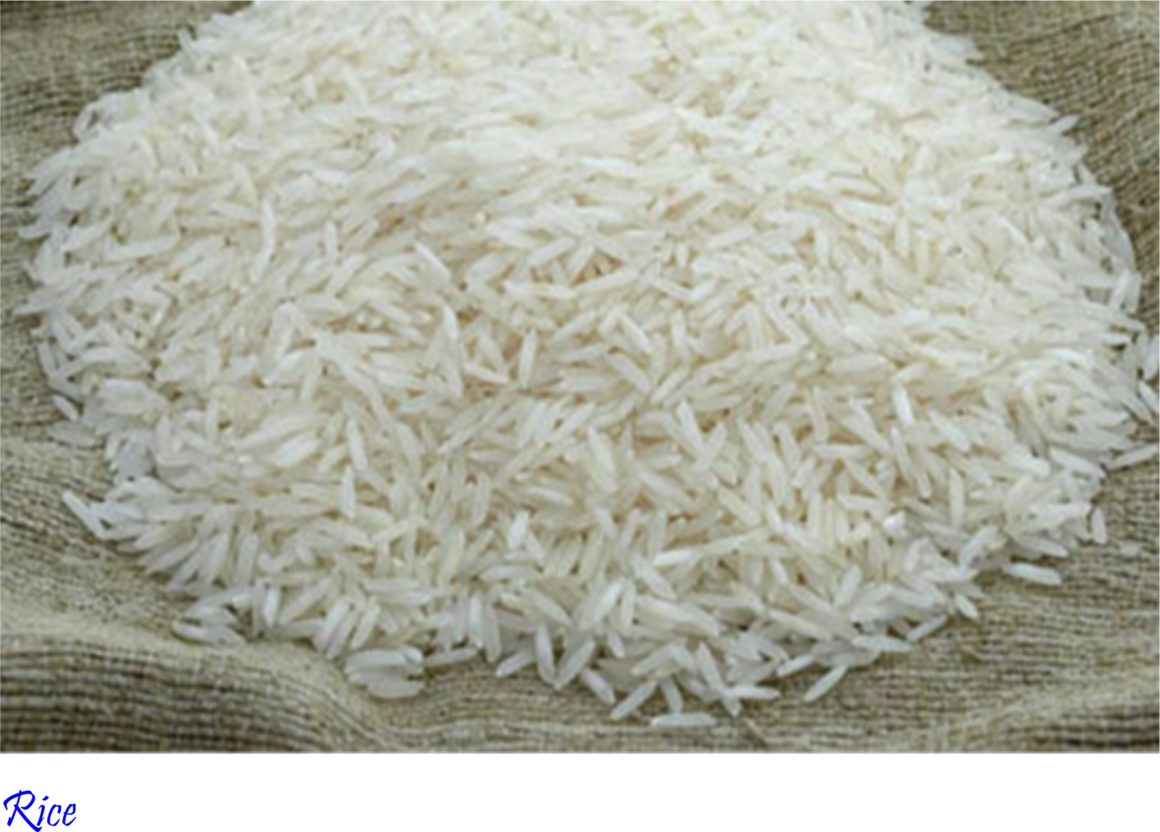The municipal authorities of the populous city of Iligan in Northern Mindanao, south-east Philippines have reinstated normal food prices after early 2025 surges.
According to the PIA News on July 31, 2025, prices of rice, fish and vegetables are undergoing suggested retail price (SRP) controls.
Retail rice valuation dropped from a January-May 2025 peak of 59-60 pesos ($1.01-1.03) a kg, to 49 pesos ($0.84) in June.
Conversely, quality rice at 20 pesos ($0.34) per kg is currently accessible to recipients in the adjacent Visayas island group.
Fish rates, too, have diminished in Iligan after registering volatility in February amid occasional market disruptions. Primary protein sources such as tilapia, bangus (milkfish) and galunggong (blue mackerel scad) have all rated downward in pricing.
Also drifting downward in unit values are ginger and vegetables, with ginger normalizing at 80 pesos ($1.37) a kg, from 180 pesos ($3.09).
One exemption is pork liempo (belly cuts) whose retail offers rose to 370 pesos ($6.34)/kg in June, from 330 pesos ($5.66) in January.
Municipal Benefits to both Consumers and Sellers
Other than favoring consumers with low prices, the city’s Department of Trade and Industry has been benefiting enterprises through market connections.
Between January and June this year, 12 farmers and enterprises earned 973,122.85 pesos ($16,690) through municipal sales’ connections. In the same period, 32.876 tonnes of aquaculture products gained market transportation, some of them free on certain days.
The Philippines as a whole has been battling key product shortages beginning mid-2024, hence price surges in early 2025.
National rice production in the 2024-25 season in particular dipped by 3% year-on-year, to 10.6 million tonnes. This necessitated further imports to arrest prices and made the country the world’s top importer. And as the following statistics point out, price control is not just city-based but a national issue in the Philippines.
Statistics on Food Price Control in the Philippines
With administration apportioned across 7 main island groups, the 7,000-island Philippines archipelago controls food issues nationally and regionally. In the 2024-25 context, the government proposed a 6.352-trillion peso ($108.9 billion) national budget. Social services (which include food distribution) got a proposed lion’s share of 33.4% while agriculture secured 211.3 billion pesos ($3.62 billion). The government uses these funds to control key food areas such as prices, per the below topical approach:
How does the PH protect purchasing power?
Although the Philippines protects consumers’ purchasing power for all foods from fish to vegetables, it regularly prioritizes grain staples, like rice. In the 2025 budget proposal, the government outlined 31.4 billion pesos ($538.5 million) for the National Rice Program. This includes the KADIWA centers, where retail rice sells affordably at 20 pesos ($0.34) a kg.
Do the vulnerable also get food security protection?
To protect the food insecure, the government’s 2025 budget proposal earmarked 5.2 billion pesos ($89.1 million) for the Supplementary Feeding program.
Is there a fund for disaster management and price rehabilitation for the PH’s farmers?
Given the frequency of typhoons, farmers in the PH get 0% interest farm rehabilitation loans worth 25,000 pesos ($428.75) per farmer. This is via the Survival and Recovery program. Growers also enjoy price freezes, where the government buys their rice at a good price but sells it cheaply to consumers. For instance, in May 2025 during a “food security emergency,” rice retailed at below 36 pesos ($0.62) a kg in select locales.
